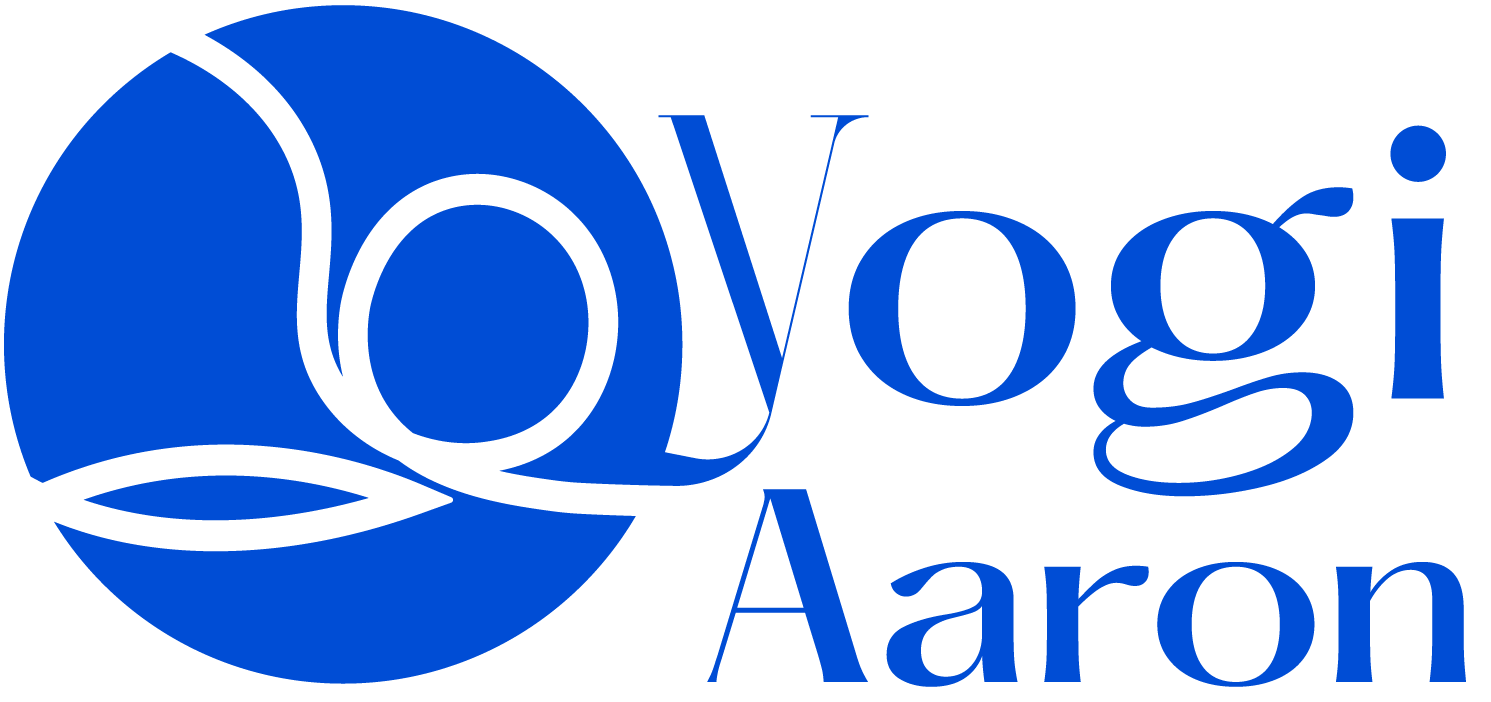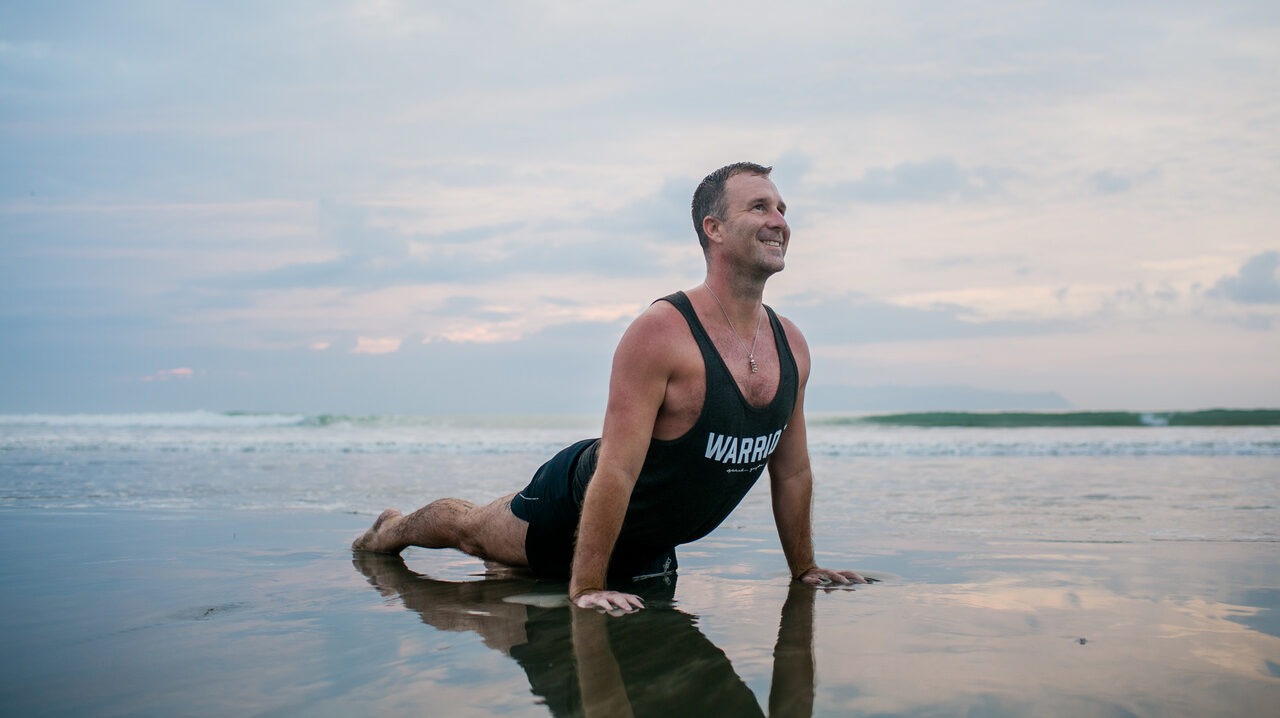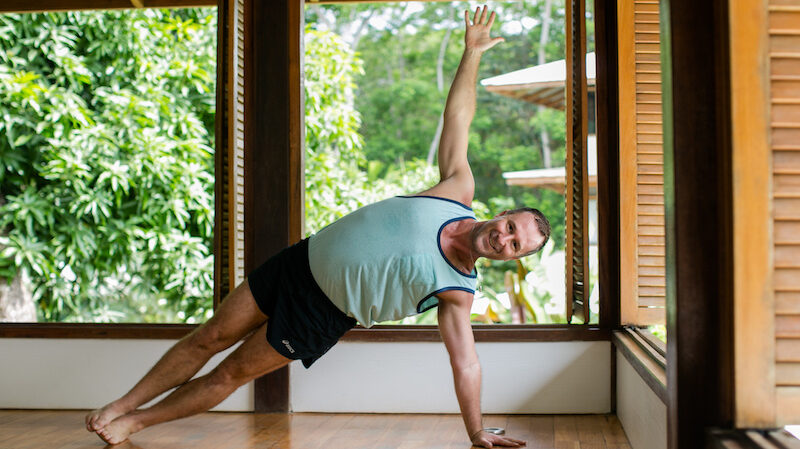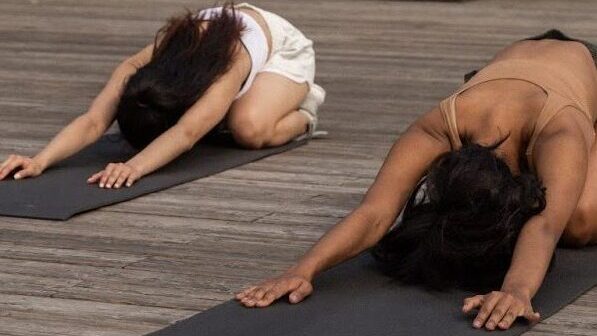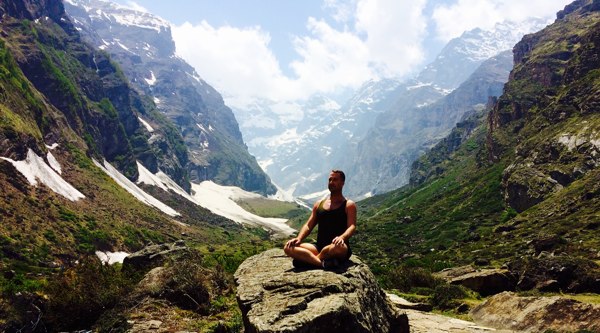Discover a revolutionary way to practice yoga that focuses on muscle activation, so you can improve your strength and stability and finally live pain-free.
We sometimes talk about yoga and stretching like they’re the same thing, but they aren’t — yoga will change your life, but stretching will only increase your risk of pain and injury.
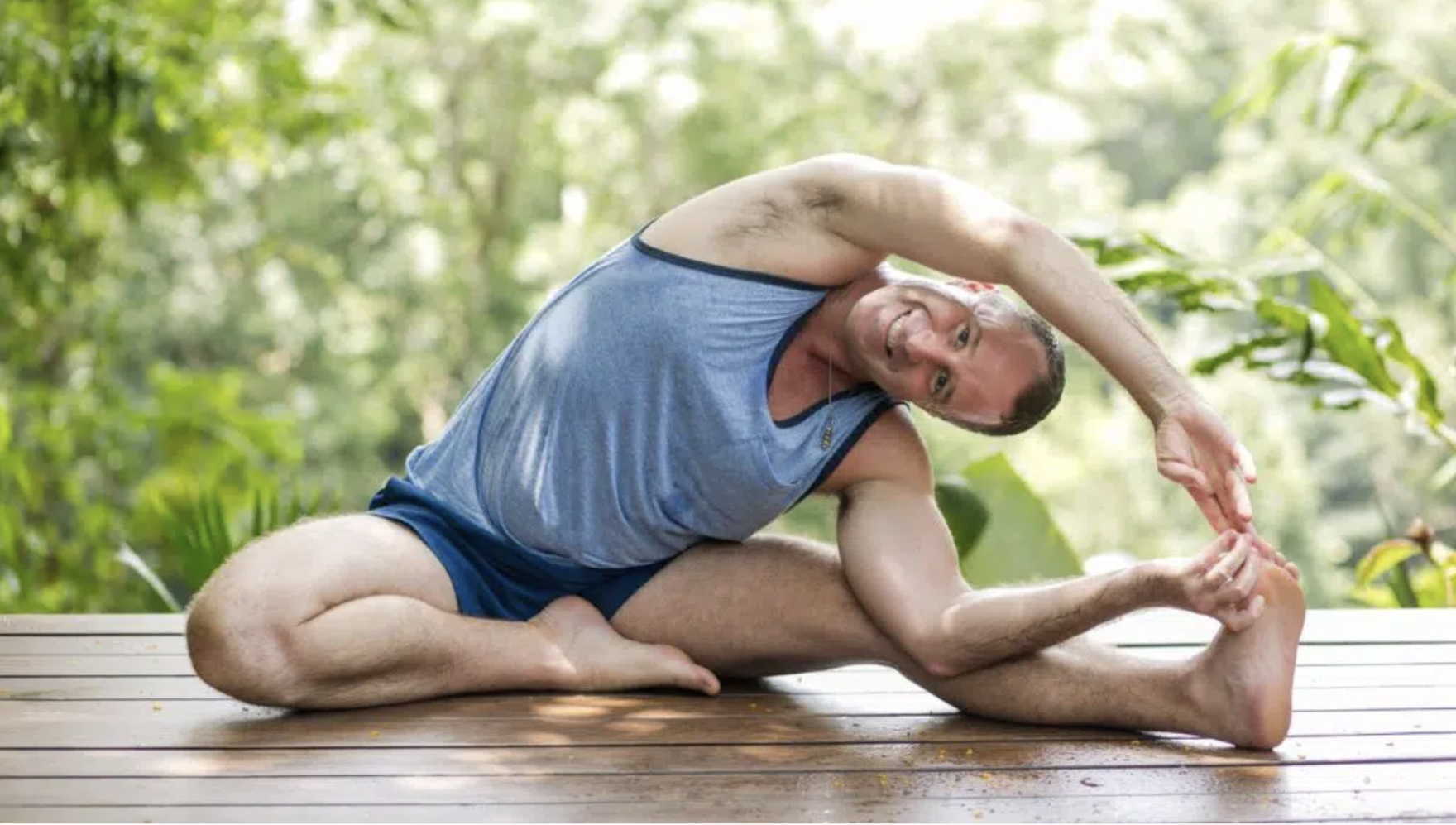
Let me explain…
I didn’t always understand the dangers of stretching. For years, I believed yoga and stretching went hand-in-hand, and deepening my yoga practice meant exploring how far I could move into certain poses.
It wasn’t until I was drowning in chronic pain that I began to ask, Why is the yoga world so obsessed with stretching — and does stretching positively impact our health?
And do you know the shocking truth?
Stretching incapacitates muscle function — it actually weakens the muscles! Where there is weakness, there is a high opportunity for injury.
Now, I’ve written extensively about how much stretching is too much. To better understand the dangers of stretching, I recommend you start here.
So if stretching isn’t the answer…what is?
If you want a strong, stable, pain-free body that can withstand daily stressors, then you need to prioritize Applied Yoga Anatomy and Muscle Activation.
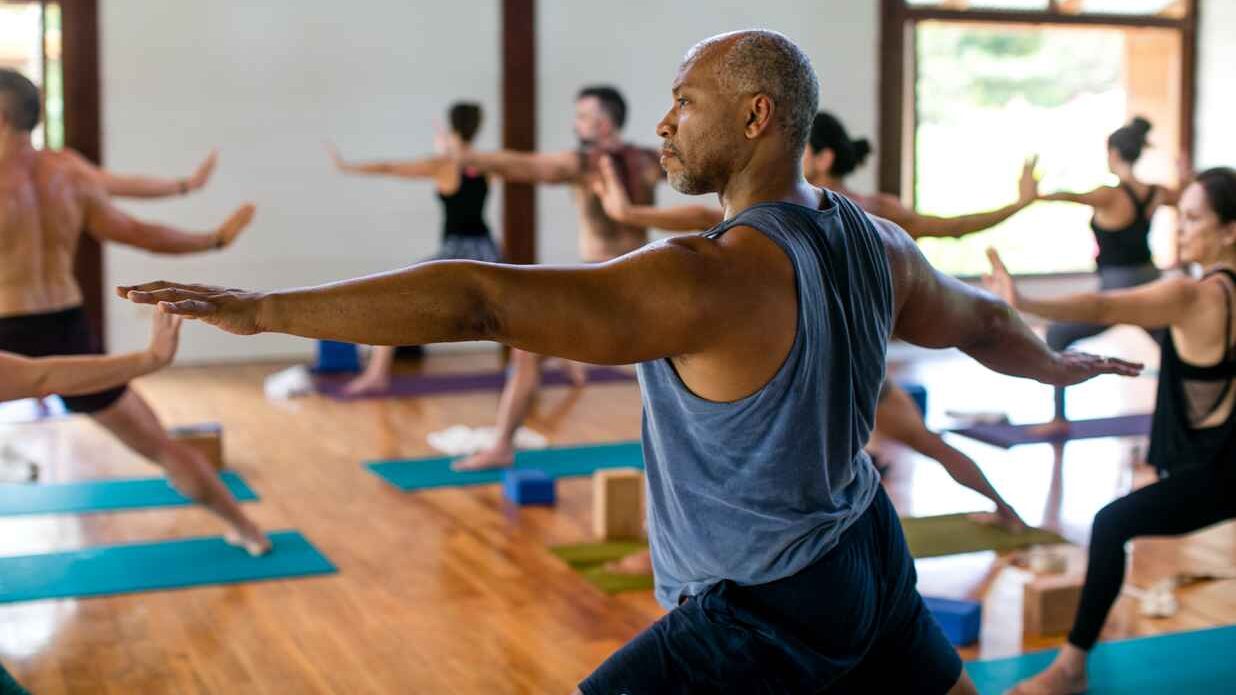
The Purpose of Applied Yoga Anatomy and Muscle Activation (AYAMA™)
AYAMA™ stands for Applied Yoga Anatomy and Muscle Activation. It’s my revolutionary approach to yoga that focuses on activating the muscles (never stretching them out) and has helped hundreds of my students relieve pain for good.
Before we take a deep dive into AYAMA, I think it’s important to quickly review the purpose of yoga.
Remember, yoga has nothing to do with stretching or flexibility. Instead, yoga is a tool to quiet the mind, so we can see ourselves for who we truly are. It’s a way to find clarity and vision as we develop deeper self-awareness.
In other words, yoga is a path to true, unwavering happiness.
And yet, to begin this journey toward happiness, we must first alleviate physical pain and remove instability from the body.
That’s because when there is pain or instability in the body, our intrinsic wisdom becomes dampened. As one of my teachers says, “A confused mind is not fit for the path of yoga.”
Our job is to remove suffering so we can begin to experience clarity — to tap into our inner teacher to discover what truly matters.
If we want to live healthy, mobile, pain-free lives, we must focus on function over form, on activating and strengthening the muscles, and never stretching them out. In doing so, we equip our bodies to handle stress. We reduce and eliminate pain, which clears the mind and opens the door to endless opportunities — life-changing possibilities for growth, expansion, passion, and purpose.
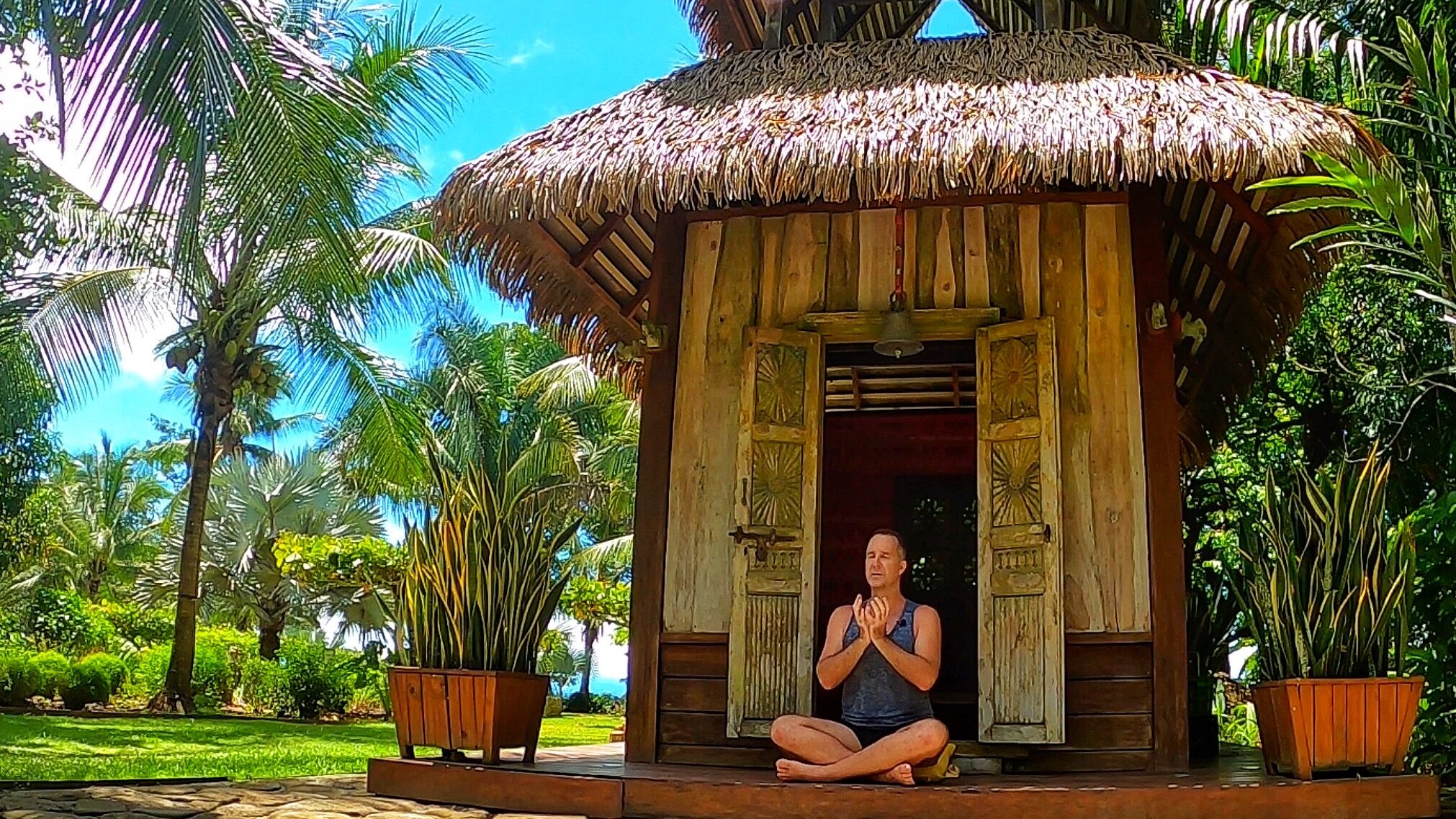
How Applied Yoga Anatomy and Muscle Activation (AYAMA™) Works
Let’s quickly recap:
The purpose of AYAMA is to learn how to properly activate and engage the muscles to reduce pain and heal injury while increasing strength, stability, and range of motion.
How do we use AYAMA for muscle activation? To put it simply, we contract a muscle in yoga postures for a short time. Here’s how it works:
1. Isolate the muscle you wish to activate.
2. Isometrically contract (shorten) the muscle.
3. Hold the contraction for six seconds.
4. Repeat this isometric contraction a total of six times.
We’ll explore a few of my go-to muscular strength exercises in a moment. But first, here are a few tips to help you improve your muscle function through AYAMA:
Top Tips For Practicing AYAMA™
- Work within your own range of motion. Don’t force your body beyond its natural limits, and don’t let your teachers force you, either!
- Move deeper into yoga poses by engaging your muscles (not passively stretching or pulling your body into a posture.)
- Consider which muscles you need to contract to refine specific yoga postures. This takes practice. My bestselling book Stop Stretching! includes diagrams and anatomical breakdowns and is a helpful place to start if you are unfamiliar with the biomechanics of movement.
- Think about counterposes in yoga in terms of stabilization. For example, if you’re practicing forward bends, what counterposes should you practice at the end of class? Backbends!
- Pay attention to what you can’t do. Your body is communicating with you. Please listen. Acknowledging your limitations will give you insight into which muscles are not activated and contracting on demand. For example, let’s say you’re doing a seated forward bend. Note if you can’t fold very far. Consider which muscles should be responsible for contraction here (the trunk and hip flexors) and focus on muscular strength exercises that target these key groups.
Applied Yoga Anatomy and Muscle Activation Exercises That Will Change Your Life
You now understand (1) what AYAMA is and (2) how this proven system can help the body function more efficiently and effectively.
It’s time to look at how to properly activate your muscles so you can transform your yoga practice. Let’s explore a few of my go-to AYAMA muscle-strengthening exercises.
As you move through these yoga sequences, I invite you to slow down and fully embrace each pose. Remember to breathe (a lot!). Pause between each movement and notice how you feel.
Do these muscle activation techniques improve your awareness of your breath? Do they slow your racing thoughts? How do you feel mentally, emotionally, and spiritually as you move through each practice?
Begin to tune in to what your body is telling you — you might be surprised by what you hear!
1. Ardha Utkatasana (Chair Pose)
Chair Pose is a fantastic posture to engage the lower and upper back muscles to engender more extension through the spine and reduce upper back pain.
Bring your feet about hip distance apart. On your inhale, bend your knees and send your glutes back. (It helps to imagine you’re sitting in a chair.)
Sit back as deeply as possible while squeezing the sides of your belly toward your midline. Lift through the center of your chest as you inhale and lift your arms.
Take your biceps back behind your ears as far as you can. Relax the shoulders – this movement should come from your upper arms.
On your exhale, release the arms; send them back behind you (like you’re skiing.) Repeat this flow six times.
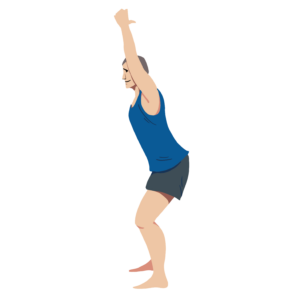
2. Plank Pose with Pectoral Muscle Strengthing Activation
There’s no avoiding it:
You will compromise your neck and shoulders if you spend day after day working at a desk.
I practice this muscle activation technique daily to (1) mitigate the adverse effects of hunching over my computer and (2) engender more stability throughout my neck and shoulders to increase my tolerance for the stress of sitting.
Come onto your hands and knees for a supported plank variation. If you’re super strong through your core, you can take this off the knees, but don’t let your Ego control the posture.
Internally rotate your upper arm bones ever so slightly to engage your pecs. Imagine you are squeezing your hands together (without actually moving them closer.) Hold for six seconds, and repeat six times.
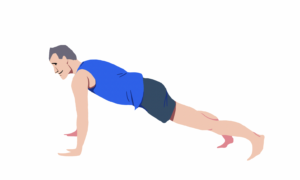
3. Hip Flexor and Trunk Flexor Activation
Next up is one of my top hacks for quickly activating and strengthening your hip and trunk flexors. If you’re a runner, this simple muscle activation is a game-changer, but anyone can use this hack to fire up their core quickly.
Lie on your back. Lift and bend both knees to about 90 degrees. Bring your hands to your knees with straight arms.
All you’re going to do now is press your knees into your hands. (Don’t press the hands into the knees.) Hold for six seconds, and repeat six times.
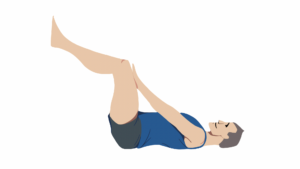
4 Quadruped (Bird Dog Pose)
Have you heard of the multifidus?
This mighty muscle supports the integrity of your entire spine. This isn’t hyperbole! If your multifidus isn’t working, the spinal vertebrae will begin to collapse on themselves. So, we can all agree that multifidus exercises are worth exploring.
To activate the multifidus, come onto all fours in a quadruped position. Keep your spine neutral, and align your wrists beneath your shoulders and your knees beneath your hips.
Engage your core, so your navel comes in toward your spine. Simultaneously lift your left leg and right arm as high as you can. Lower your left hip slightly without dropping your left leg.
Do you feel a contraction in the lower back? Excellent! That’s your multifidus engaging. Hold for six seconds, and repeat six times. Switch sides.
These are just four examples of Applied Yoga Anatomy and Muscle Activation exercises that you can use to stabilize your muscular system and erase chronic pain. There are hundreds more waiting for you in The Yogi Club, your ultimate online resource to live pain-free and manifest your purpose.
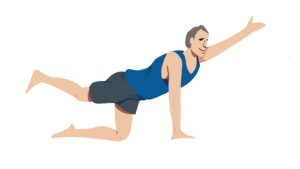
How To Learn More About AYAMATM
If you’re ready to learn more about AYAMA and start incorporating this game-changing muscle activation therapy into your daily routine, here’s where to begin:
1. Stop Stretching! — The Book and The Podcast
Learn more about why the conventional wisdom on stretching is causing you more harm than good (and what to do instead.) In my book, I break down simple techniques with gorgeous illustrations so that you can strengthen your neuromuscular system anywhere, anytime.
Or, next time you head out for a walk or a drive, check out an episode of Stop Stretching! In this podcast, we flip the script on flexibility, so you can discover how to use the tenets of AYAMA to transform your relationship with yoga and pain.
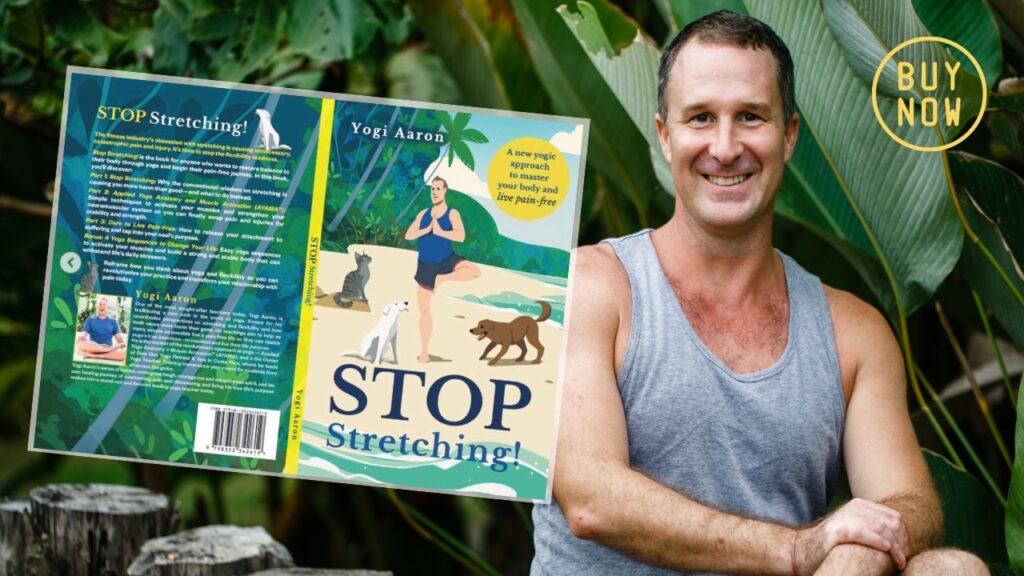
Eliminate pain. Transform your life. Fulfill your purpose.
Your journey to manifest your life purpose while living pain-free begins here. At The Yogi Club, we strive to make each day in this membership an unforgettable experience that nourishes body, mind and spirit.
Get access to hundreds of Applied Yoga Anatomy and Muscle Activation exercises. From guided yoga classes to workshops and courses to inspirational virtual events…
… The Yogi Club is home to anyone desiring a deeper experience of yoga.
AYAMA changed my life. And now, I’m on a quest to share this methodology with anyone ready to live without physical suffering. I hope these resources help you regain control of your life and rediscover your unlimited joy and potential.
Have a question about AYAMA? Drop it in the comments, or get in touch today.
